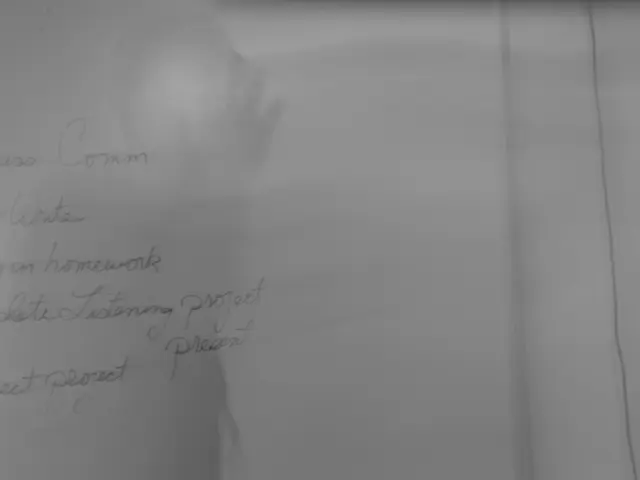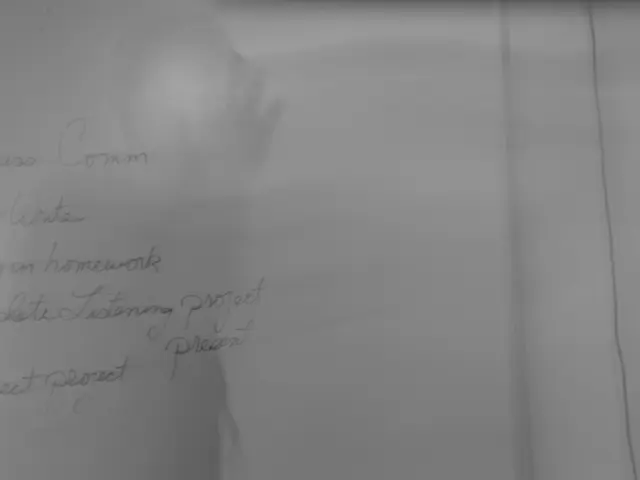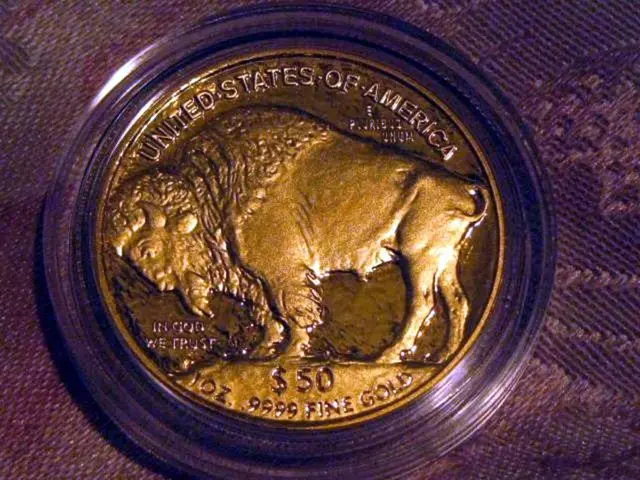Exploring International Patent Regulations: An In-depth Examination
The global patent system, a framework established to protect intellectual property across national boundaries, has its roots in the earliest forms of intellectual property protection. These early systems primarily focused on granting temporary monopolies to encourage innovation, with key aspects including limited-duration protections, public disclosure requirements, and mechanisms to ensure fair use.
Over time, international treaties and agreements have played a fundamental role in shaping the global patent system. Progressively harmonizing patent laws, enforcement standards, and procedures across countries, these treaties have significantly impacted the landscape of intellectual property protection.
One of the earliest global IP treaties was the Paris Convention of 1883. This treaty established core principles like national treatment (foreign applicants receive equal protection as nationals) and the right of priority (allowing a first filing date in one member country to be claimed in others within a set timeframe).
The Patent Cooperation Treaty (PCT), adopted in 1970, simplified the process of filing patents internationally by allowing a single initial filing to seek protection in multiple countries. The Strasbourg Agreement of 1971 created the International Patent Classification system to standardize patent documentation and searches globally, while the Budapest Treaty of 1977 related to patent procedures for depositing microorganisms, important in biotech patenting.
A significant milestone was the Trade-Related Aspects of Intellectual Property Rights (TRIPS), a WTO treaty introduced in 1995. TRIPS mandated all WTO members to offer patent protection for inventions (minimum 20 years) and establish enforcement mechanisms such as injunctions and damages. This treaty significantly raised the baseline for patent systems worldwide, compelling developing and developed countries alike to harmonize their laws according to global standards.
These treaties collectively have harmonized patent laws and protections to reduce inconsistencies that hinder global innovation and commerce. They have simplified international patent application and enforcement procedures, enabling inventors and companies to protect their inventions in multiple jurisdictions more efficiently. They have instituted global enforcement standards, with TRIPS providing legal teeth by linking IP enforcement to trade rules and offering recourse against countries with inadequate IP protection.
The evolution of patent law has facilitated international trade by creating a common understanding of intellectual property rights. Global patent systems promote innovation by granting inventors the confidence to invest in research and development. Harmonizing patent laws globally fosters a more conducive environment for innovation, reducing costs and legal complexities, and facilitating smoother market entry for innovative products and services.
Regional patent systems, such as the European Patent Convention (EPC) and the African Regional Intellectual Property Organization (ARIPO), streamline the patenting process for member countries within specific geographical areas. The EPC allows inventors to obtain a single patent that is valid in multiple European countries, promoting innovation by facilitating access to diverse markets. Similarly, ARIPO offers a unified patent application process, enabling member states to cooperate on patent registration and fostering economic growth within the region.
However, the dynamics of global patent systems are influenced by technological advancements and the globalization of markets, necessitating adaptive legal frameworks to protect innovations effectively. Technology advancements, such as artificial intelligence, biotechnology, and blockchain, frequently challenge traditional patent frameworks, necessitating redefinitions of patent laws to keep pace.
The future directions for global patent systems indicate a shift towards harmonization and accessibility, with a focus on streamlining processes, aligning patent laws across countries, promoting green technologies, and addressing issues related to ownership and protection in the digital realm. This evolution will ensure that the global patent system continues to serve as a catalyst for innovation, fostering economic growth and technological advancement on a global scale.
[1] Dutfield, G. R. (2006). The Paris Convention for the Protection of Industrial Property: a historical overview. Retrieved from https://www.wipo.int/edocs/pubdocs/en/wipo_pub_323/wipo_pub_323.pdf
[2] Watal, J. (2004). The evolution of TRIPS: a critical analysis. Retrieved from https://www.wipo.int/edocs/pubdocs/en/wipo_pub_423/wipo_pub_423.pdf
[3] WIPO (2009). The Patent Cooperation Treaty (PCT). Retrieved from https://www.wipo.int/pct/en/about/pct_history.html
[4] WIPO (2017). The Strasbourg Agreement Concerning the International Patent Classification. Retrieved from https://www.wipo.int/classifications/ipc/en/
[5] WIPO (2017). Budapest Treaty on the International Recognition of the Deposit of Microorganisms for the Purposes of Patent Procedure. Retrieved from https://www.wipo.int/treaties/en/registration/bt/trtdocs_wo033.html
The Patent Cooperation Treaty (PCT), adopted in 1970, streamlined the process of filing patents globally, especially in the field of science and technology, by allowing a single initial filing to seek protection in multiple countries. In the digital realm, the ongoing development of technologies such as artificial intelligence and blockchain present challenges to traditional patent frameworks, necessitating redefinitions of patent laws to keep pace.




